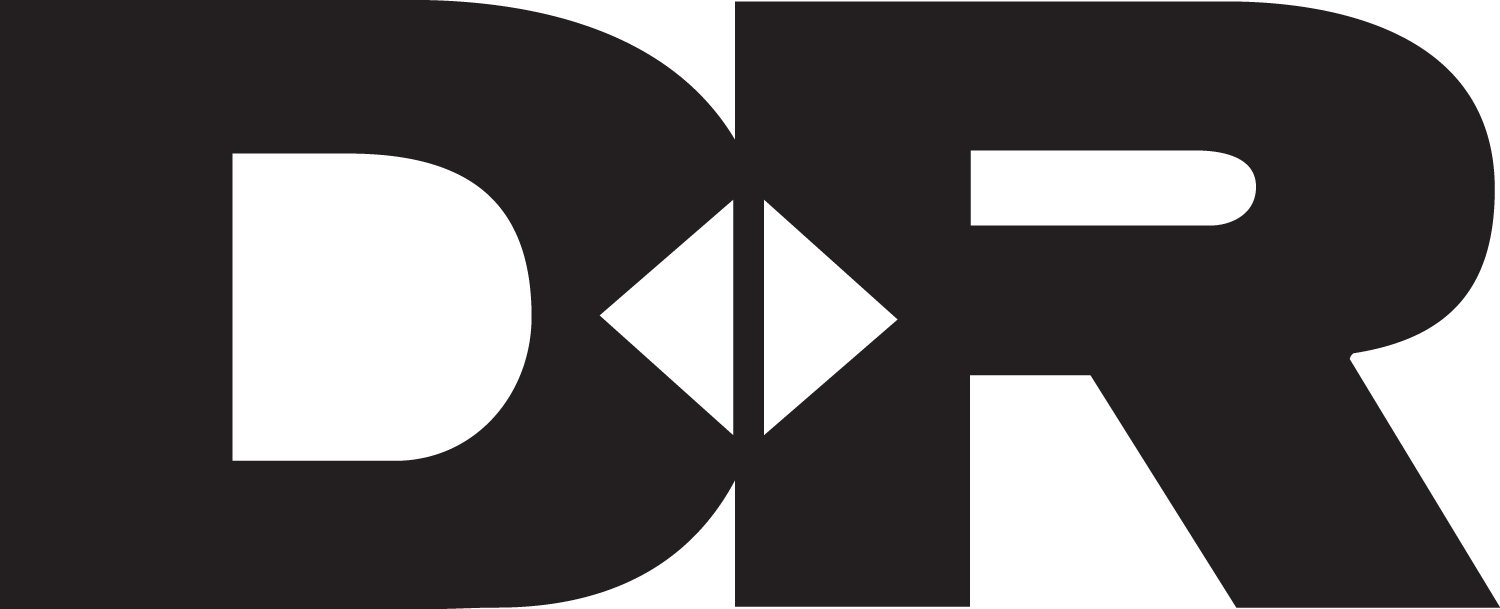Hazard Manager Stereotypes as Influences on Trust, Confidence and Cooperation
National Science Foundation
August 31, 2014 – July 31, 2017
Abstract
Organizations managing hazards must be trusted enough by citizens to gain policy support and compliance with recommendations for personal protective behavior, yet both trust and distrust are hard to change. Institutional stereotypes may contribute to this resistance to change. This project will use focus groups and a survey to identify stereotypical attributes of government, business, and nonprofit groups, at general and more specific levels (e.g., corporations, advocacy groups), and these attributes affect trust in specific organizations in specific situations. These responses will be compared to attributes of specific national organizations in these three categories in varied hazard domains (e.g., food safety, guns, nuclear power). This will allow for seeing whether organizations rated as being “typical” of their category have the same perceived attributes as when they are rated as more abstract entities (such as “government” or “corporation”). A subsequent experiment will assess how much stereotypes affect trust, confidence, and cooperation when a specific organization is managing a hazard, and a citizen has situation-specific information—not just stereotypes—to help determine whether the organization is trustworthy. Experiments will then test alternative messages—based on either stereotype manipulation or other factors affecting trust (e.g., feeling that you share salient values with the organization; feelings that the hazardous activity or process is “good” or “bad”)—to see if they affect cooperation in real cases (e.g., donations to advocacy groups regarding guns; purchases of radon test kits in Iowa).
Stereotypes of institutions may be at least partly responsible for perseverance of (dis)trust, yet this potential causal link has not been tested; we do not even know whether these stereotypes are relatively simple or complex, or whether they vary across people, institutional categories, or topical domains (e.g., food safety versus guns versus radon). The practical implications of this research should be to help government, business, and nonprofit managers understand how much influence their actions will have on citizens’ and consumers’ views of how they will or do manage hazards. If stereotypes beyond the control of managers dominate trust judgments and cooperation, then managers can abandon attempts to build trust and focus on convincing people that it is in their own best interest to perform a specific behavior (e.g., test for radon) whether they trust the institution or not. However, if the tested alternative organizational messages change (dis)trust—e.g., by signaling how the organization shares one’s situation-specific salient values; changing attitudes toward hazards with risk- or benefit-oriented information; countering the organization’s stereotype of coldness or incompetence—then managers have tools available to potentially improve their organizations’ reputations. Finally, if the experiments show instead that situation-specific information about the organization swamps any effects of its institutional stereotype, then managers will know to emphasize their specific situation in order to improve how the organization is perceived or how much cooperation (e.g., adoption of recommendations for self-preservation, purchases, or donations) it gets from the public. Mapping of how organizations are positioned relative to others in their institutional category (e.g., one corporation versus another), or to extra-category organizations in their topic domain (i.e., potential allies or enemies), could be used by organizations to evaluate where they might need to strengthen their reputations. Given the value of distrust in a democracy depends upon citizens being well-informed about institutions, this map if posted in publicly accessible forums (online or offline) could help citizens evaluate organizations with which they must deal, raising personal efficacy and (potentially) institutional responsiveness to citizen demands.

